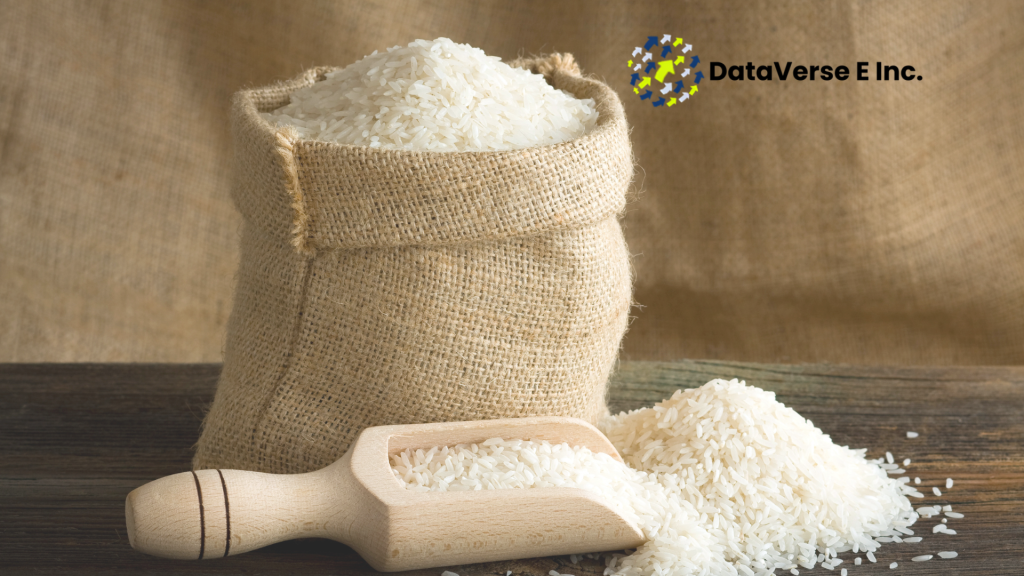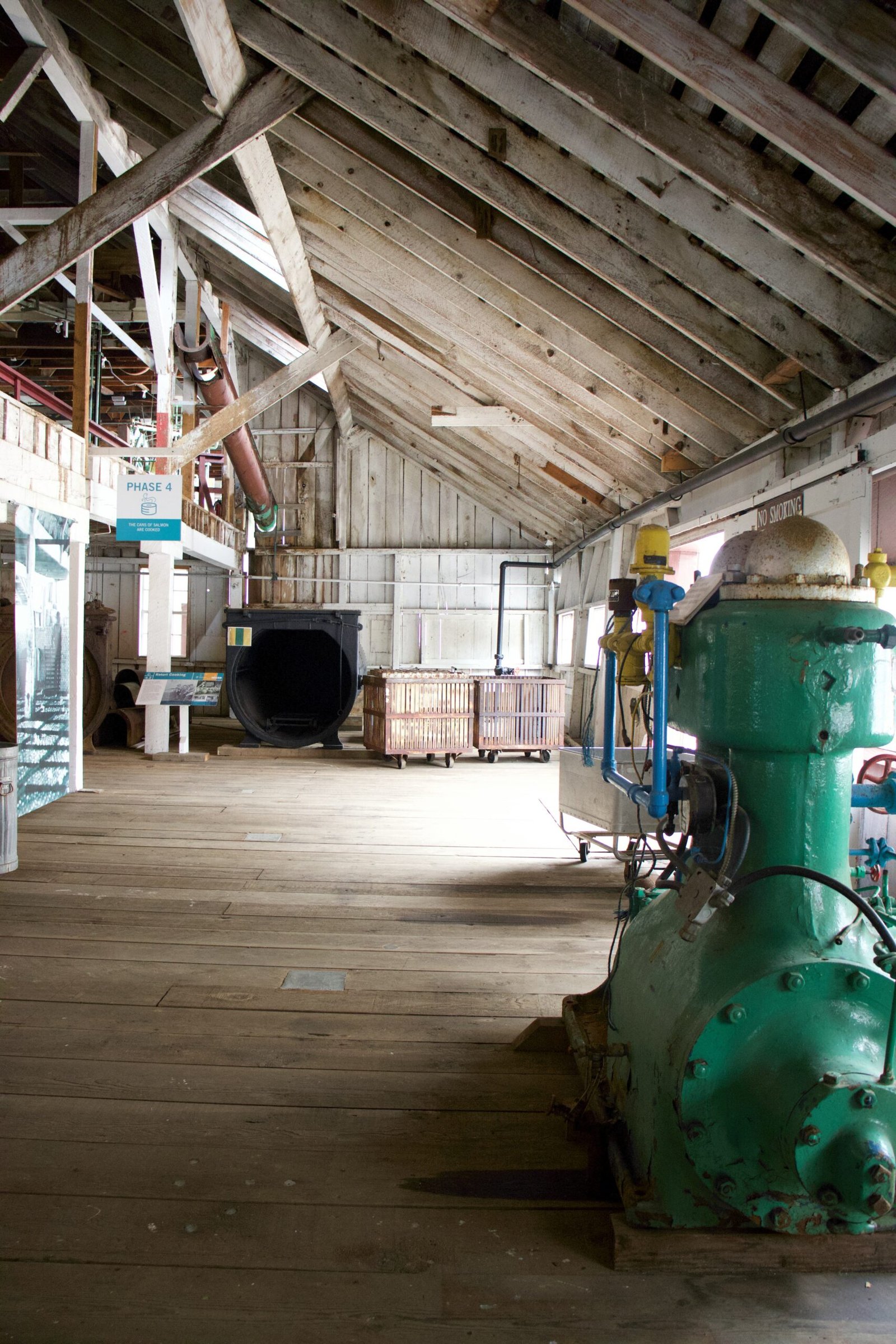Introduction to Exporting Packaging Solutions
The export from India, particularly in the packaging sector, has undergone significant transformations in recent years.
This evolution is primarily driven by two critical factors: innovation and sustainability.
Industries worldwide are increasingly recognizing the importance of innovative packaging solutions as a means of enhancing product appeal, improving functionality, and ensuring environmental responsibility.
In 2024, these trends are expected to continue shaping the landscape of packaging exports from India, positioning the country as a key player in the global market.
One of the main drivers behind the push for innovative packaging solutions is the growing demand for eco-friendly materials that minimize environmental impact.
As consumers become more environmentally conscious, businesses are compelled to adopt sustainable practices, including the use of biodegradable and recyclable materials.
This shift not only aligns with consumer preferences but also adheres to regulatory measures that encourage greener practices in manufacturing and export from India.
Furthermore, advancements in technology have enabled the development of unique packaging designs that enhance product safety and shelf life.
Innovations such as smart packaging, which incorporates sensors and monitoring technologies, are gaining traction in various sectors, including food and pharmaceuticals.
These developments are crucial for exporters aiming to meet the requirements of markets that demand higher standards of safety and quality.
As we delve deeper into this blog post, we will explore the key trends that are shaping the export packaging solutions from India in 2024.
Focusing on the intersections of technology, sustainability, and consumer needs, we aim to provide insights into how businesses can adapt to remain competitive in this dynamic market.
By understanding these trends, companies can not only enhance their export capabilities but also contribute positively to the evolving landscape of global trade.
The Importance of Sustainable Packaging
In today’s global landscape, the significance of sustainable packaging cannot be overstated. With increasing environmental concerns, the packaging industry is undergoing a considerable transformation.
Unsustainable packaging practices contribute to significant waste and pollution, prompting consumers, businesses, and regulators alike to prioritize eco-friendly options.
As countries continuously grapple with issues such as plastic pollution and eco-dependency, it becomes imperative to adopt innovative and sustainable packaging solutions to mitigate these challenges.
One of the most notable trends driving this change is the shift in consumer preferences. Modern consumers are more environmentally conscious and are actively seeking products that align with their values.
This change is notable in markets across the globe, including those involving export from India, where eco-friendly packaging solutions are becoming a critical factor in purchasing decisions.
Businesses that adopt sustainable packaging practices not only meet consumer demands but also improve their market reputation and brand loyalty.
By integrating biodegradable materials and reducing plastic use, companies can distinguish themselves in a crowded marketplace and foster a loyal customer base.
Additionally, there are tangible business benefits associated with the transition towards sustainable packaging.
Companies can often reduce their material costs by opting for less harmful alternatives and may qualify for tax incentives or subsidies.
Embracing eco-friendly practices in packaging can lead to enhanced efficiency and reduced waste, ultimately supporting cost savings in the long term.
Furthermore, the global market for sustainable packaging is projected to grow, presenting an opportunity for businesses engaged in export from India to innovate and capture a growing segment of eco-conscious consumers.
Key Trends in Innovative Packaging for 2024
As we move towards 2024, the packaging industry is expected to witness a significant evolution fueled by the demand for sustainability and innovative designs.
One of the primary trends is the increased use of eco-friendly materials. Companies are now focusing on biodegradable and recyclable options that not only meet consumer demand but also comply with stricter regulations.
This shift towards sustainable packaging aligns well with the global effort to reduce environmental impact, making it crucial for businesses engaging in export from India to consider these materials in their packaging solutions.
Another notable trend is the integration of smart technology within packaging.
With the proliferation of IoT devices, brands are increasingly adopting smart packaging solutions that enhance the consumer experience.
Features such as QR codes, RFID tags, and sensors not only provide customers with more information about the products but also help in tracking shipments efficiently.
As companies explore export from India, implementing these technologies can significantly add value to their offerings, ensuring they remain competitive in global markets.
Design aesthetics will also play a pivotal role in 2024. Minimalist and functional designs are becoming popular, aiming to enhance the user experience while reducing material consumption.
Brands are rethinking their packaging designs to reflect their commitment to sustainability while also making products more attractive to consumers.
This trend in packaging design is particularly relevant for exporters as it helps to create a strong brand identity in diverse markets. Emphasizing unique and innovative designs can differentiate products on the shelf and lead to increased sales.
In conclusion, the key trends in innovative packaging for 2024 highlight a significant shift towards sustainability, technology integration, and advanced design principles.
Companies looking to engage in export from India must pay close attention to these trends to meet market demands and enhance their competitive edge.
Technological Advancements in Packaging
The landscape of packaging solutions is undergoing significant transformation, primarily driven by technological advancements.
A pivotal area of focus is the emergence of smart packaging, which incorporates technology to enhance the functionality and communication aspects of packaging.
Smart packaging not only allows for better inventory management but also enables real-time monitoring of products during transport, thus ensuring that goods maintain their quality from production to consumption.
This innovation is particularly valuable for the export from India, as it helps in maintaining product integrity across borders.
Another vital development is the integration of the Internet of Things (IoT) within packaging systems. IoT-enabled packaging provides a seamless connection between the product and the consumer, facilitating a more engaging user experience.
For instance, NFC tags and QR codes can link consumers to digital content, such as product information, usage instructions, or promotional offers.
This integration not only enhances brand interaction but also offers valuable data insights, which can drive future packaging innovations and marketing strategies tied to export from India.
Automation in the packaging sector is yet another key trend. Automation technologies streamline the packaging process, leading to increased efficiency and reduced labor costs.
Robotics and automated systems can handle complex packaging tasks, ensuring consistency and precision that manual processes may lack.
As manufacturers seek to optimize their operations, this trend is expected to accelerate, particularly in industries where exports are vital.
Consequently, innovative packaging solutions driven by technology not only improve operational efficiency but also align with sustainability goals by reducing waste and enhancing recyclability.
In conclusion, the future of packaging is becoming increasingly intertwined with technological advancements.
The adoption of smart packaging, IoT integration, and automation presents numerous opportunities for businesses involved in the export from India, enabling them to enhance their offerings and adapt to the evolving market dynamics.
Consumer Demand for Transparency and Traceability
As the global market evolves, consumers are increasingly prioritizing transparency and traceability in the products they purchase, particularly in the realm of packaging.
This shift in consumer behavior emphasizes the need for businesses engaged in export from India to adapt their packaging strategies accordingly.
Prospective buyers now seek detailed information about the origins of the materials used, the sustainability of sourcing practices, and the overall environmental impact of the packaging.

One of the most effective means for companies to respond to this increasing demand is by enhancing labeling practices.
Clear, concise, and informative labels provide consumers with insights into ingredients, production methods, and certifications, which can significantly influence purchasing decisions.
Furthermore, incorporating QR codes on packaging offers an interactive element; consumers simply scan the code to access comprehensive information that may include sourcing details, carbon footprint assessments, and even information about labor practices.
This not only elevates consumer awareness but also fosters brand loyalty among those who value accountability and ethical practices.
In addition, blockchain technology is gaining traction as a robust solution for ensuring traceability in the supply chain.
By implementing blockchain, businesses can create an immutable record of products from inception to delivery, allowing consumers to verify the journey of their goods.
This technology offers an unprecedented level of transparency, thereby building trust between consumers and businesses.
As the export from India sector continues to grow, leveraging such innovations will not only meet consumer expectations but may also provide a competitive advantage in a crowded marketplace.
Ultimately, by embracing transparency and utilizing advanced technologies, companies can not only meet consumer demands but also contribute to a more sustainable and ethically-conscious market landscape.
Case Studies of Innovative Packaging Solutions
In recent years, several companies have made significant strides in implementing innovative packaging solutions that not only enhance their brand appeal but also address environmental concerns and improve supply chain efficiency.
One notable example is a beverage company that transformed its packaging by introducing biodegradable bottles made from plant-based materials.
This initiative not only reduced its carbon footprint but also attracted environmentally conscious consumers, driving a 20% increase in sales within a year.
By successfully exporting these innovative packaging solutions, the company established itself as a leader in sustainable practices within the beverage industry.
Another case worth mentioning involves a major food manufacturer that sought to reduce waste and improve freshness.
This company implemented vacuum-sealed packaging technology that extends the shelf life of its products while minimizing spoilage.
As a result, the organization saw a reduction in product returns owing to spoilage and achieved a 15% decrease in packaging costs.
The seamless integration of this advanced technology into their export from India operations showcased the potential for enhancing product quality and customer satisfaction on a global scale.
Additionally, a cosmetics brand leveraging augmented reality (AR) in its packaging design stands out as a prime example of innovation.
By incorporating AR technology, customers could scan the packaging with their smartphones to access interactive content about the ingredients and usage of the product.
This unique approach not only increased consumer engagement but also differentiated the brand in a crowded market.
The company’s successful export from India strategies demonstrated how the intersection of technology and packaging could provide a competitive edge.
These case studies emphasize the importance of adopting innovative packaging solutions that align with consumer preferences and sustainability goals.
They serve as practical examples for businesses looking to enhance their packaging strategies, ultimately encouraging more companies to explore novel packaging designs and technologies that can yield similar benefits.
Challenges in Adopting Innovative Packaging
As the demand for innovative packaging solutions continues to rise, businesses looking to export from India must navigate several challenges inherent in the adoption of these new methods.
Regulatory hurdles represent a significant barrier; companies must adhere to various national and international standards that govern packaging materials, labeling, and environmental impact.
Compliance with these regulations can often be complex, requiring extensive research and collaboration with legal experts to ensure adherence, which can delay time-to-market for new products.
Furthermore, financial implications play a crucial role in the decision-making process.
The initial investment required for innovative packaging technologies—ranging from advanced materials to state-of-the-art machinery—can be substantial.
For many businesses, especially small and medium enterprises (SMEs) in India, this upfront cost may be prohibitive.
To mitigate these costs, companies may explore funding options such as grants or partnerships that specialize in sustainable packaging innovation, enabling them to reduce the financial burden.
Another barrier is supply chain disruptions that can occur during the transition to new packaging solutions.
Sourcing alternative materials or technologies might lead to delays, affecting production timelines and ultimately the ability to export from India on schedule.
Companies can counteract these potential supply chain issues by establishing strong relationships with multiple suppliers and ensuring that they remain agile in operations to adapt quickly if any disruption occurs.
In addressing these challenges, businesses must engage in strategic planning.
Developing a comprehensive adoption strategy that includes scenario planning, market research, and continuous evaluation of emerging technologies will support informed decisions.
By proactively identifying potential pitfalls and strategizing around them, companies can enhance their capacity to adopt innovative packaging solutions effectively and enhance their export capabilities.
The Future of Packaging in the Import/Export Industry
As the import/export industry continues to evolve, the future of packaging is poised for significant transformation.
Businesses engaged in export from India must adapt to an increasingly competitive landscape where consumer preferences, regulatory requirements, and technological advancements are frequently changing.
One pivotal aspect of this evolution is the growing emphasis on sustainability.
Companies are now expected to utilize eco-friendly packaging materials that not only reduce environmental impact but also resonate with environmentally conscious consumers.
Introducing biodegradable and recyclable packaging solutions is becoming essential for businesses aiming to succeed in the global market.
Additionally, technological advancements are influencing packaging solutions in notable ways.
Automation and smart packaging technologies are gaining traction, allowing exporters to enhance efficiency and improve supply chain management.
These innovations include features like QR codes and RFID tags that provide real-time tracking information, thereby increasing transparency and ensuring product integrity.
Companies engaged in export from India should consider integrating such technologies into their packaging strategies to meet the demands of modern consumers who expect quick and accurate information about the products they purchase.
Regulatory compliance is another critical area that businesses must prioritize. Different countries have varying rules concerning packaging materials, labeling, and safety standards.
As these regulations continue to evolve, exporters must stay informed and be proactive in making the necessary adjustments to their packaging solutions.
This adaptability not only helps in avoiding compliance issues but also enhances brand reputation.
Consequently, the import/export industry must focus on investing in research and development to create innovative packaging solutions that are compliant with global standards while also meeting consumer demands.
In conclusion, the future of packaging in the import/export industry hinges on sustainability, technology, and compliance.
By embracing these trends, businesses that export from India can ensure they remain relevant and competitive in the global market.
Conclusion and Call to Action
As the landscape of global trade evolves, the role of innovative packaging solutions becomes increasingly significant.
Export from India is poised to benefit immensely from the integration of sustainable and creative packaging strategies in 2024.
Businesses that adapt to these emerging trends not only enhance their competitiveness but also contribute positively to environmental sustainability.
The packaging industry is experiencing a shift towards eco-friendly materials and designs, driven by consumer demand for responsible practices. Companies that embrace these changes are likely to see improved brand loyalty and market reach.
Moreover, investing in innovative packaging is not merely a response to consumer preferences; it is also a proactive measure to comply with stringent regulatory standards that aim to reduce waste and promote sustainability.
The collaboration between manufacturers and packaging designers has the potential to create solutions that are not only functional but also visually appealing.
By optimizing packaging solutions, businesses can reduce costs associated with transportation and storage while simultaneously ensuring the safety of products during transit—factors that are particularly crucial for those looking to export from India.
In light of these considerations, it is imperative for businesses to critically evaluate their current packaging strategies.
Identifying areas for improvement and adopting innovative practices will not only help in reducing environmental footprints but can also enhance the overall customer experience.
We urge companies to take the necessary steps towards integrating sustainable and innovative packaging solutions into their operations.
By doing so, they will position themselves favorably within the competitive global market, maximizing their potential for growth in 2024 and beyond. Let us collectively pave the way towards a more sustainable future for packaging and export from India.






No comment yet, add your voice below!